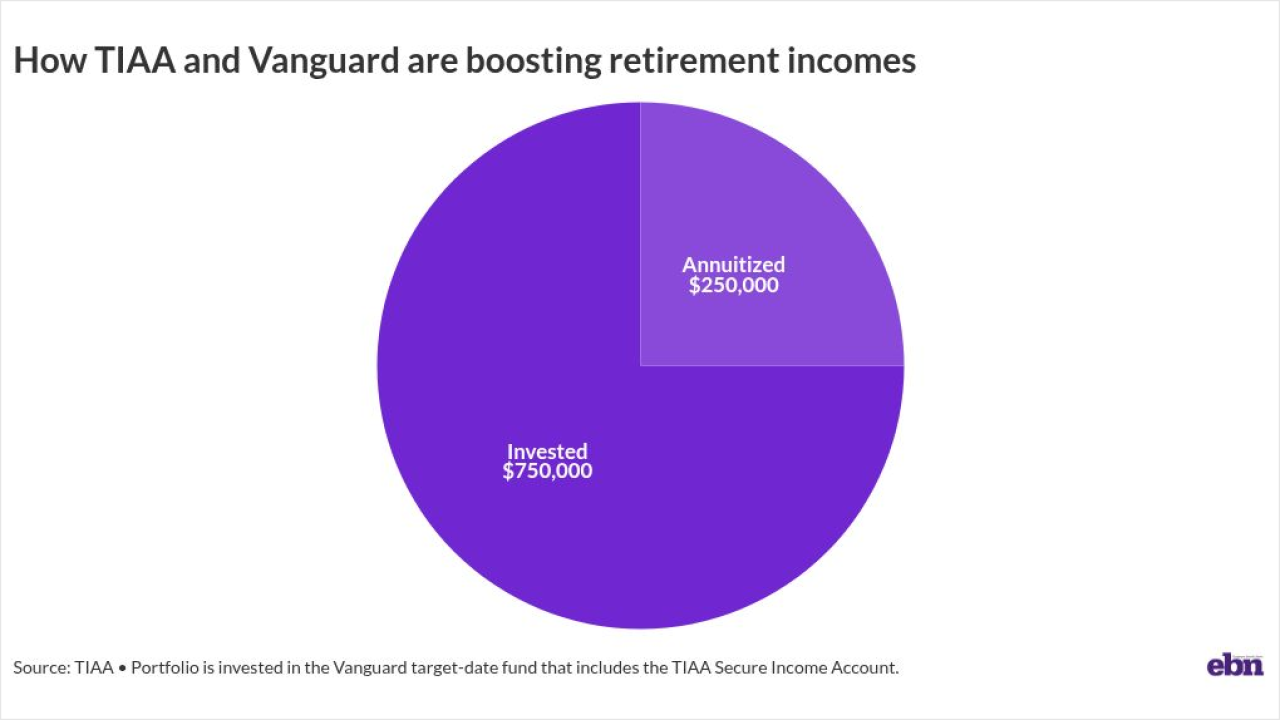Time off from work may not be the sole solution to stress caused by work.
To grapple with burnout among employees, an increasing number of companies are offering additional PTO or even providing
“There’s a ton of value in reinforcing that time off is necessary,” she says. “But I think mandating time off and changing nothing about the way you do business is probably more stressful.”
Read more:
Instead, Johnson says, companies, HR leaders and managers should find ways to get on the same page when it comes to supporting employees. Focus energies on extending resources and tools to help manage workloads and goals within the organization — don’t attempt to band-aid over the entirety of the pandemic.
As we head into a new wave of COVID-19, Johnson spoke to EBN to offer tangible tips to help combat stress, communicate expectations — and even have a little fun.

We’re seeing a lot of companies lean into offering additional time off or even company-wide time off as a way to acknowledge the stress of the pandemic. But are we overestimating the benefits of time off and ignoring larger issues?
For these companies that are doing
Read more:
Is that about setting boundaries specific to taking time off, or in general?
It’s in general, because if you’re on Slack until 11 p.m. on a workday, you’re establishing an expectation and signaling to people that you’re always available. So they’ll expect you to be online all the time, and that in turn makes it impossible to go on
How do you advise employees to set those boundaries?
First and foremost, it’s about owning your calendar. It sounds simple, but it’s true. Put blocks of time on your calendar where no one can book over it, and protect those hours like it’s the most important thing you can do. Slack messages make every request feel urgent, and for servant leaders and people who really work to primarily support their teams, the instinct is to say yes to every request and squeeze people in to meet their needs. But my recommendation is to learn how to say “Yes, and.” Meaning, if someone wants your time, say “Yes, I can help you, and I have time to do so on Thursday, does that work for you?” Most of the time, people will say that’s fine. And if there is an emergency and there’s a hot dumpster fire that has to be dealt with right away, people will learn how to communicate that.
From an employer’s perspective, what are ways to fight employee burnout other than just throwing PTO at them?
If employers keep piling work on people’s plates but then say, ‘Oh, here’s a mental health resource to help manage your stress,’ that’s not helpful. I have about 150 people within my organization at Paylocity, and we have monthly meetings and quarterly meetings where we talk about having manageable goals. Yes, we want to reach for the stars, but we have to monitor and measure what’s on people’s plates and scorecards. At the beginning of the pandemic, we rolled out management training for more than 700 managers at our company, and gave them resources like the effort impact grid to help their employees through this time. Finally: recognition and celebration and fun. Find ways to be human and laugh, even if it’s sending out cookie kits and having a cookie decorating class over Zoom, which we did over the holidays.
Read more:
At the start of summer, the general mood regarding the pandemic felt optimistic. Now, with cases climbing again, that’s shifted. How can HR leaders help employees through this new wave of uncertainty?
When everything outside of your control is uncertain, it’s helpful to make what we can certain for employees: “We don’t know what’s happening with COVID, but we know you won’t have to come to work before you’re ready. We know you won’t have to worry about working around people who aren’t vaccinated.” Be transparent — even if the information isn’t popular. Since the pandemic started, we’ve delivered on everything we said we’d do or wouldn’t do, and that’s garnered a lot of trust.






